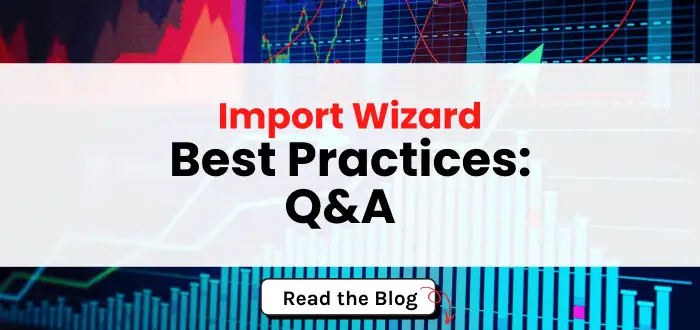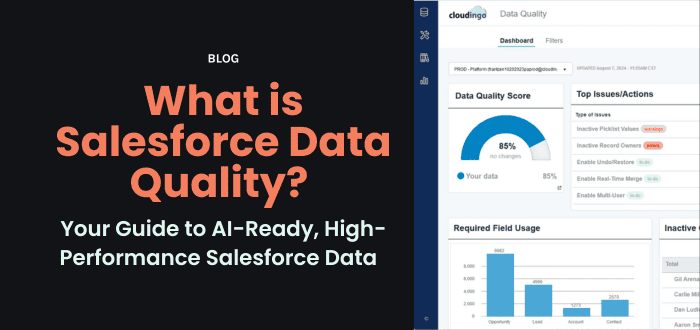August 31, 2024
Mastering Merge Rules in Cloudingo: A Guide for Data Managers

As a Salesforce Admin or Marketing Ops professional, maintaining data accuracy and consistency is paramount. Duplicate records can clutter your database and hinder your ability to make informed decisions. Cloudingo's powerful merge rules offer a streamlined solution to eliminate duplicates while preserving valuable information.
In this guide, we'll delve into the intricacies of creating effective merge rules that align with your specific business needs.
Understanding the Importance of Merge Rules
Merge rules are the cornerstone of data cleansing in Salesforce. They determine which record is retained and how field values are selected from duplicates when they are merged. By crafting well-defined rules, you can ensure that the resulting record is accurate, complete, and aligned with your organization's data governance standards.
Key Considerations for Building Effective Merge Rules
- Master Record Selection: Decide what criteria should determine the master record. Consider factors like creation date, last modified date, status, record type, or other specific field values.
- Field Value Retention: Define how field values should be selected or combined. For example, you might want to prioritize values from a specific field or concatenate multiple values.
- Grouping Fields: Group related fields to move as a unit and maintain consistency. This is especially useful for addresses, contact information, and other structured data.
- Custom Rules: Create custom rules for specific scenarios or objects to address unique business requirements.
Leveraging Cloudingo's Default and Custom Rules
Cloudingo provides a set of default merge rules for common objects like Leads, Contacts, and Accounts. These rules serve as a good starting point but can be customized to fit your specific needs. For more complex scenarios, you can create custom rules to address unique requirements.
Best Practices for Merge Rules
- Regularly Review and Update: As your business evolves, review and update your merge rules to ensure they remain accurate and effective.
- Test Before Implementing: Test your merge rules on a subset of data to verify that they produce the desired results. The Cloudingo merge grid gives you a preview of the final merged record using the merge rule before you commit those changes.
- Consider Data Governance: Align your merge rules with your organization's data governance policies and standards.
Conclusion
By mastering merge rules in Cloudingo, you can significantly improve the quality and reliability of your Salesforce data. By carefully considering factors like master record selection, field value retention, and grouping, you can create rules that effectively eliminate duplicates while preserving valuable information. With a well-defined merge strategy, you'll be able to make more informed decisions and drive better business outcomes.






